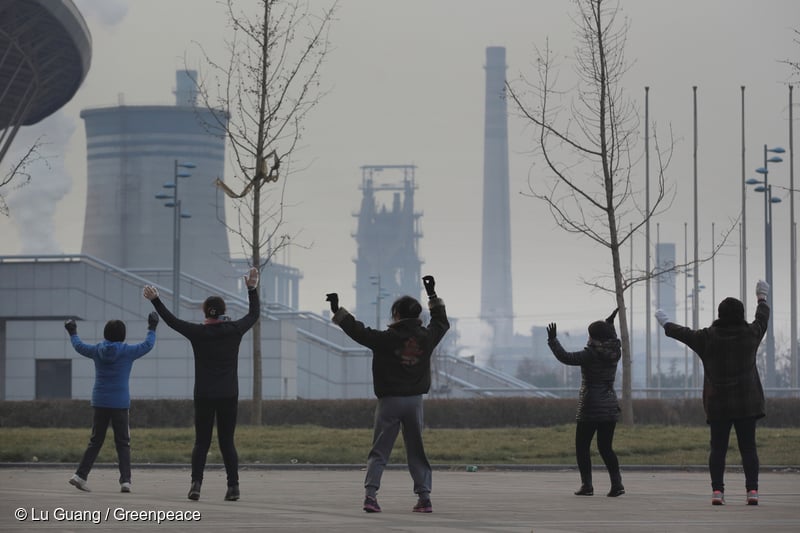On the morning of March 15, residents of Beijing awoke to their city shrouded in a suffocating orange haze, as winds carried a massive sandstorm thousands of kilometers from Mongolia. Air pollution levels spiked across much of Northern China, and subsequently in Korea and parts of Japan. China’s Meteorology Administration called it “the biggest sandstorm in a decade.”
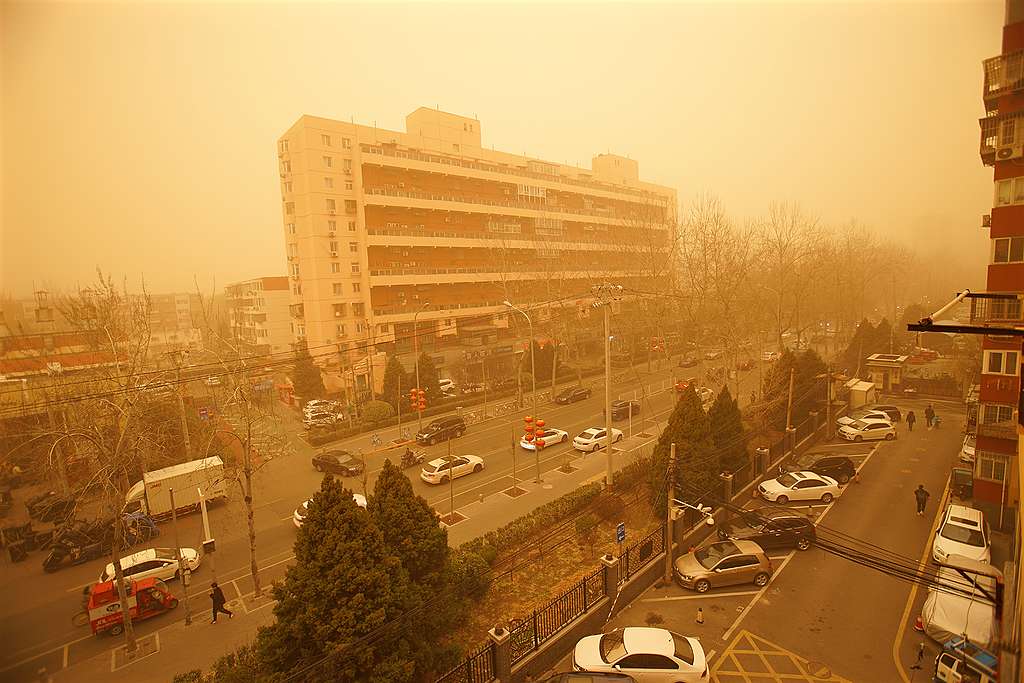
Six dead and hundreds missing
The sandstorm was responsible for sixth deaths in Mongolia, according to the country’s Emergency Management Agency. China’s state news agency Xinhua reported at least 341 people missing as of March 15.
In Beijing visibility was low, with the tops of skyscrapers hidden in the haze. Commuters and bikers wore masks and improvised headwear to protect their faces from the gusts of sand. On March 15, Beijing recorded PM10 concentrations of over 8,100 micrograms per cubic meter. (For context, the United States Air Quality Guideline deems levels between 0 to 54 micrograms per cubic meter to be “good”, and 55 to 154 as “moderate.” There is no safe level of air pollution exposure.)
Farther west in Jiayuguan, Gansu, PM10 readings reached a shocking 9,985 micrograms per cubic meter, or nearly 40 times what is considered to be “unhealthy” exposure.
Hundreds of flights were cancelled or grounded due to poor visibility. Schools were told to cancel outdoor activities, and those who suffered from respiratory conditions advised to remain indoors.
What caused the sandstorm?
The “ingredients” for a sandstorm are 1) a massive area of sand 2) a strong wind system and 3) atmospheric conditions that carry sand through the air. In this particular incident, Mongolia’s temperature shot up 5 to 8 degrees Celsius above average, and the environment became drier than before, creating ideal conditions for sand and dust to spread.
In addition, an intensified Mongolian cyclone brought gusts of level 6 to 8 to parts of northern China, creating ripe conditions for a sandstorm. Moreover, long-term deforestation and soil erosion in southern Mongolia have led to more severe air pollution.
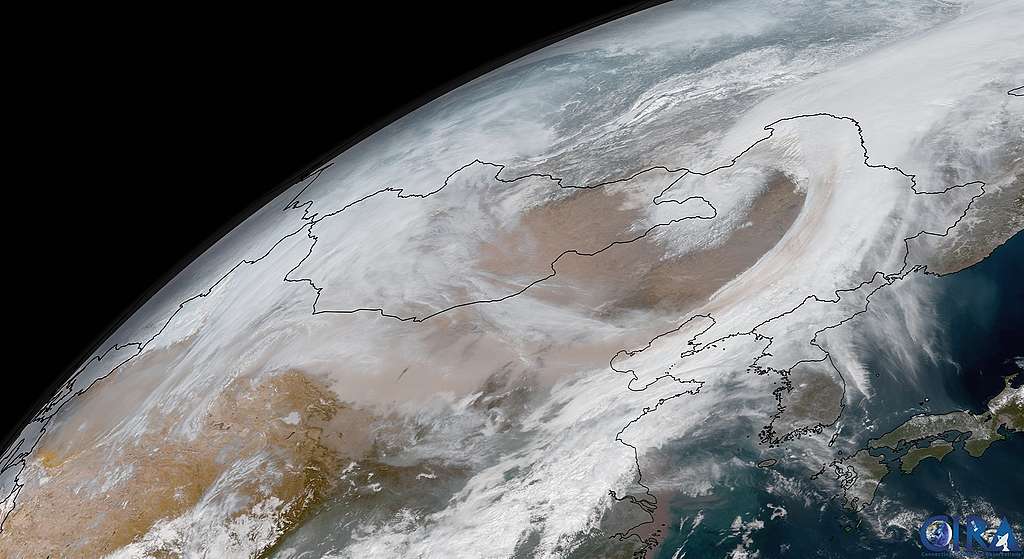
Is the sandstorm related to climate change?
Although no single incident can be attributed to climate change, the frequency of sandstorms in Mongolia has increased in recent decades as a result of climate change, according to Greenpeace East Asia climate and energy campaigner Dr. Liu Junyan.
Between 1940 and 2015, the average annual temperature in Mongolia rose by 2.24 degrees Celsius, approximately three times the global average increase.
From 1996 to 2015 Mongolia’s grasslands experienced more droughts when compared to the previous two decades, as well as rapid warming and decrease in rainfall. Overgrazing has also aggravated the destruction of the grasslands.
As climate change intensifies, the environmental conditions that lead to the formation of sandstorms have become increasingly frequent.
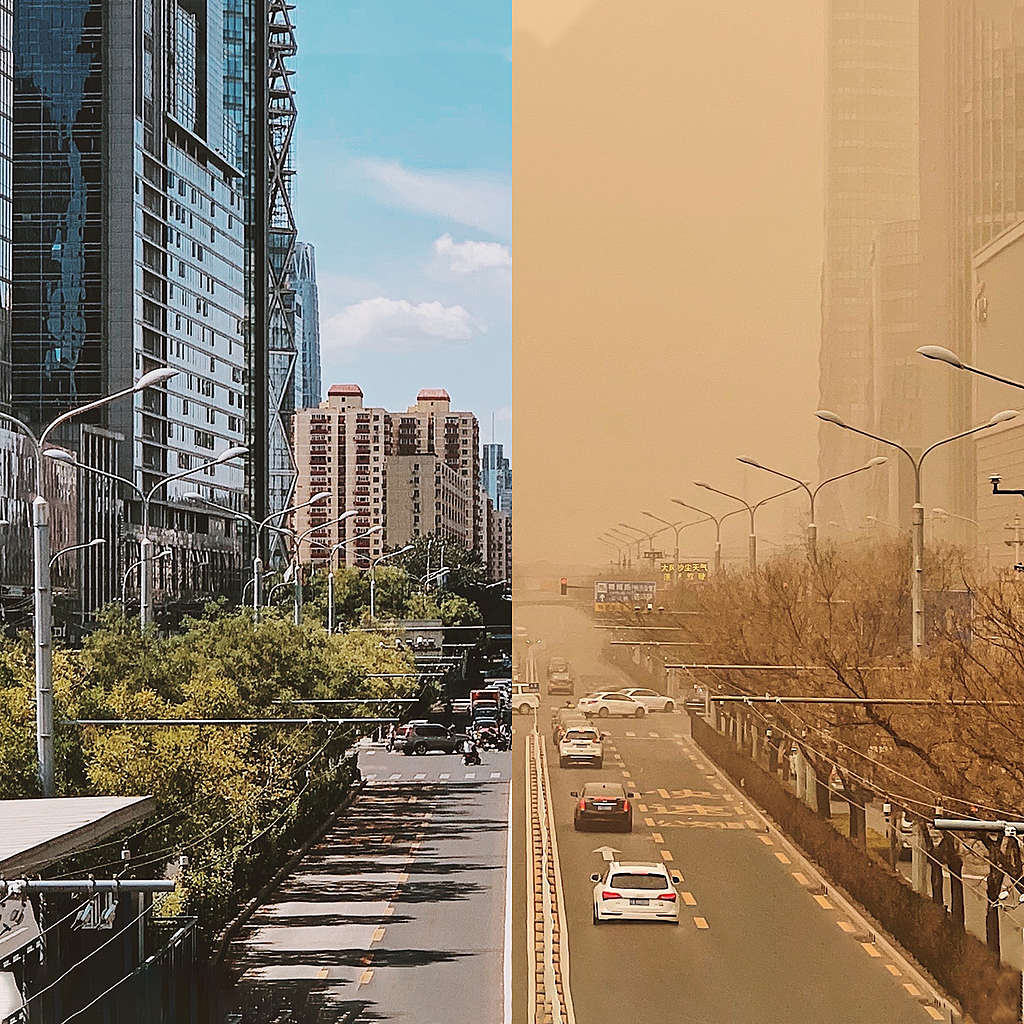
What can we do to prevent climate-related disasters?
To avoid the worst impacts of climate change, we must drastically reduce our carbon emissions on a global scale.
Together China, Korea, and Japan emitted one third of global carbon emissions in 2018. As the three biggest emitters in East Asia, all three nations announced carbon neutrality targets in 2020.
However, to date, none of the three nations have released clear plans to achieve their targets. Greenpeace continues to urge the governments of China, Korea and Japan to publish roadmaps for how they will achieve net zero emissions.
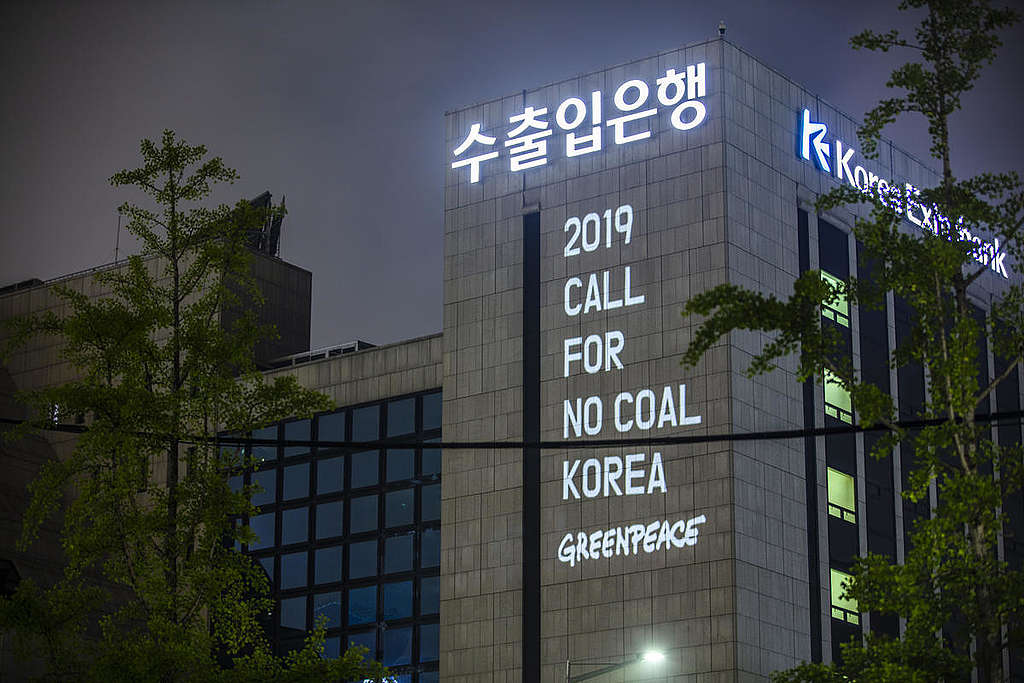
In Beijing, Greenpeace has campaigned on climate and energy issues for over a decade, most recently preventing millions of dollars in “green finance” bonds from funding coal-fired power plants; in Korea, Greenpeace has lobbied key politicians and offered green policy solutions; in Japan, Greenpeace has campaigned against the government’s pro-coal stance, undertaking actions at World Economic Forum in Davos to demand that major Japanese financial institutions stop funding new coal plants.
Your support is crucial to make change happen!
Greenpeace has been raising public awareness about the climate crisis through social media, offline activities, media broadcasts, and activities for youth to amplify their voices. People power pushes governments and polluting corporations to face the reality of climate change and to take action to phase out coal, develop renewable energy, and implement a greener economic system, for a better future.
Please join Greenpeace and make our Earth a better, more sustainable home for generation after generation.



